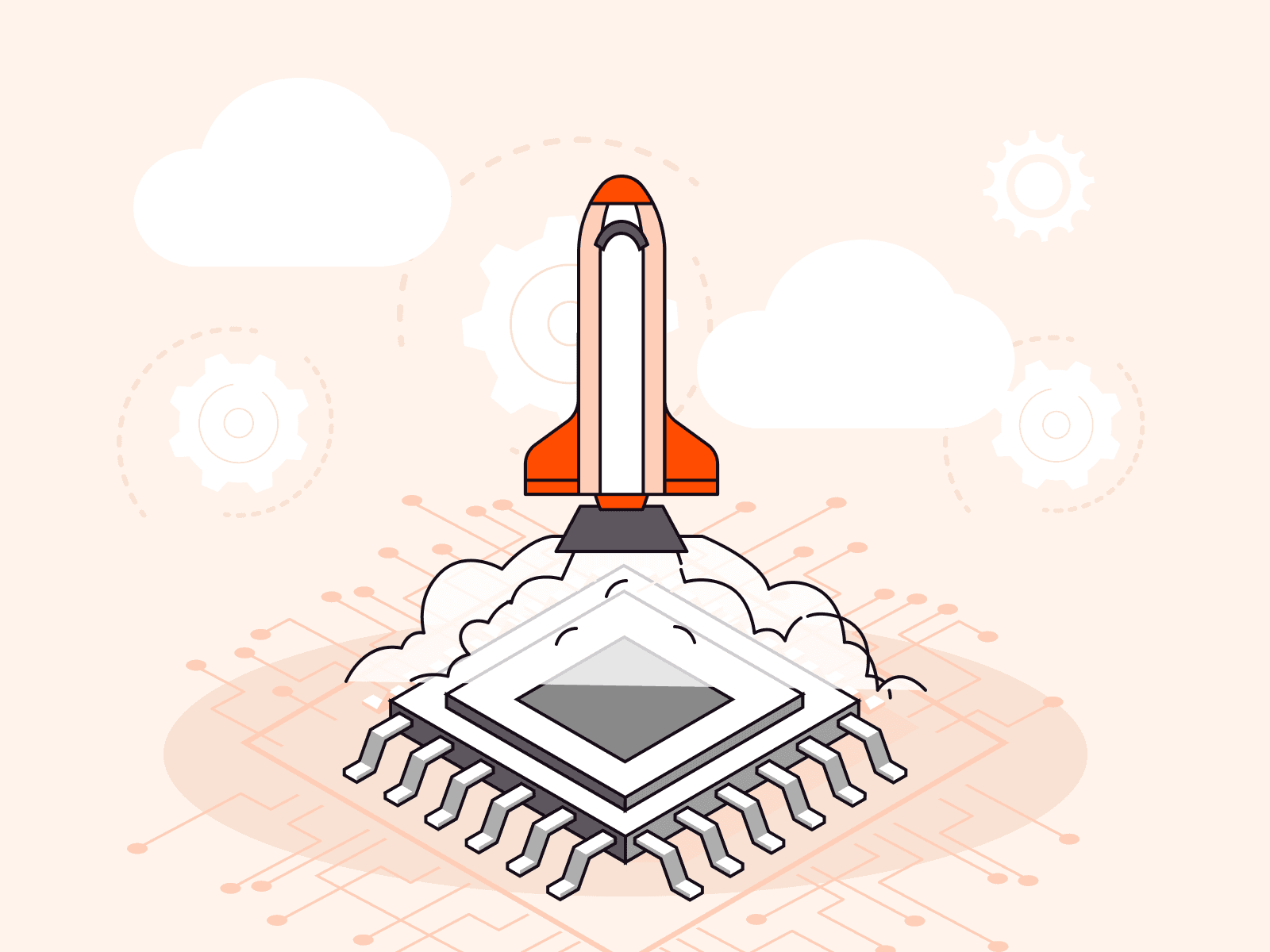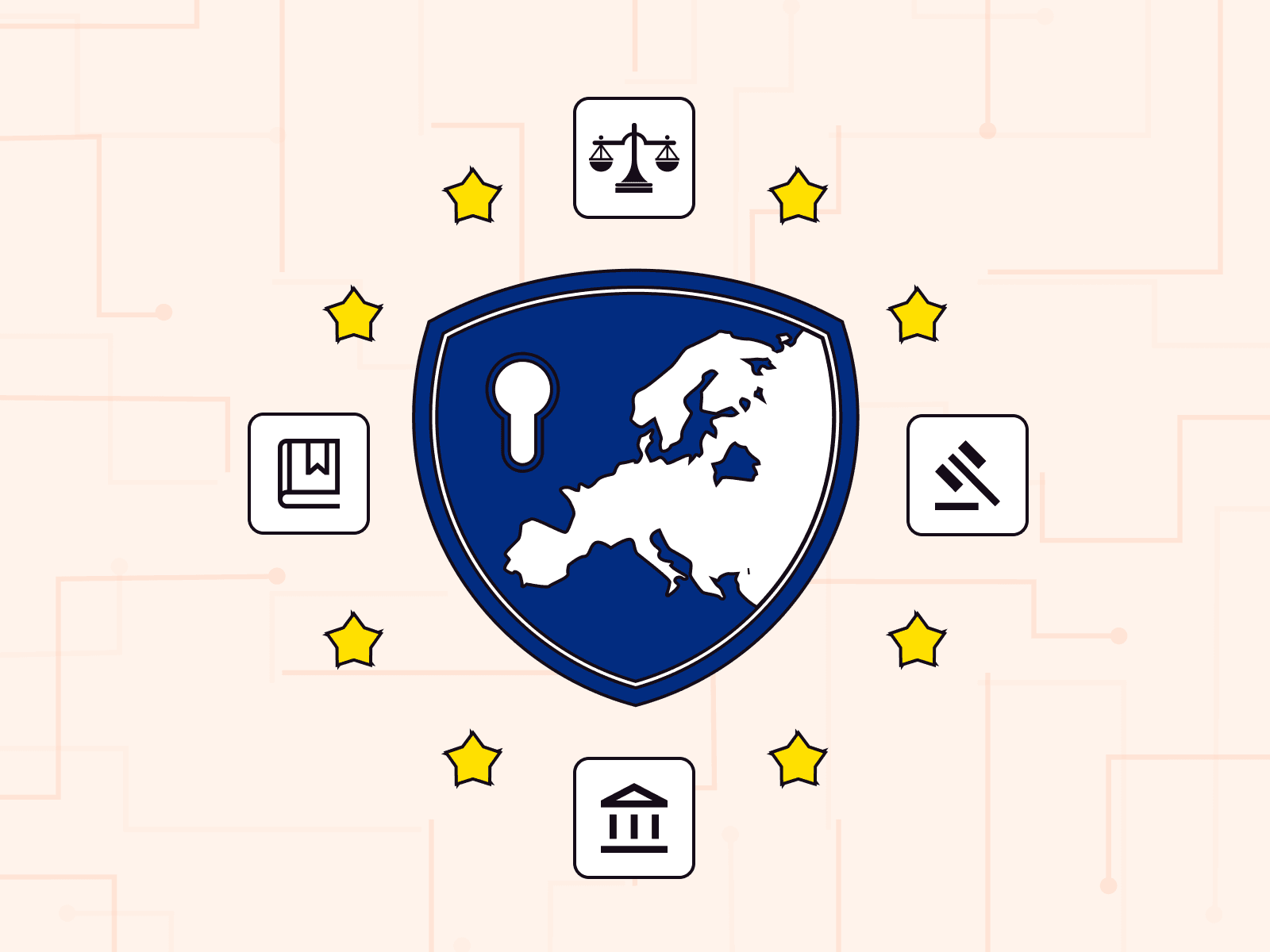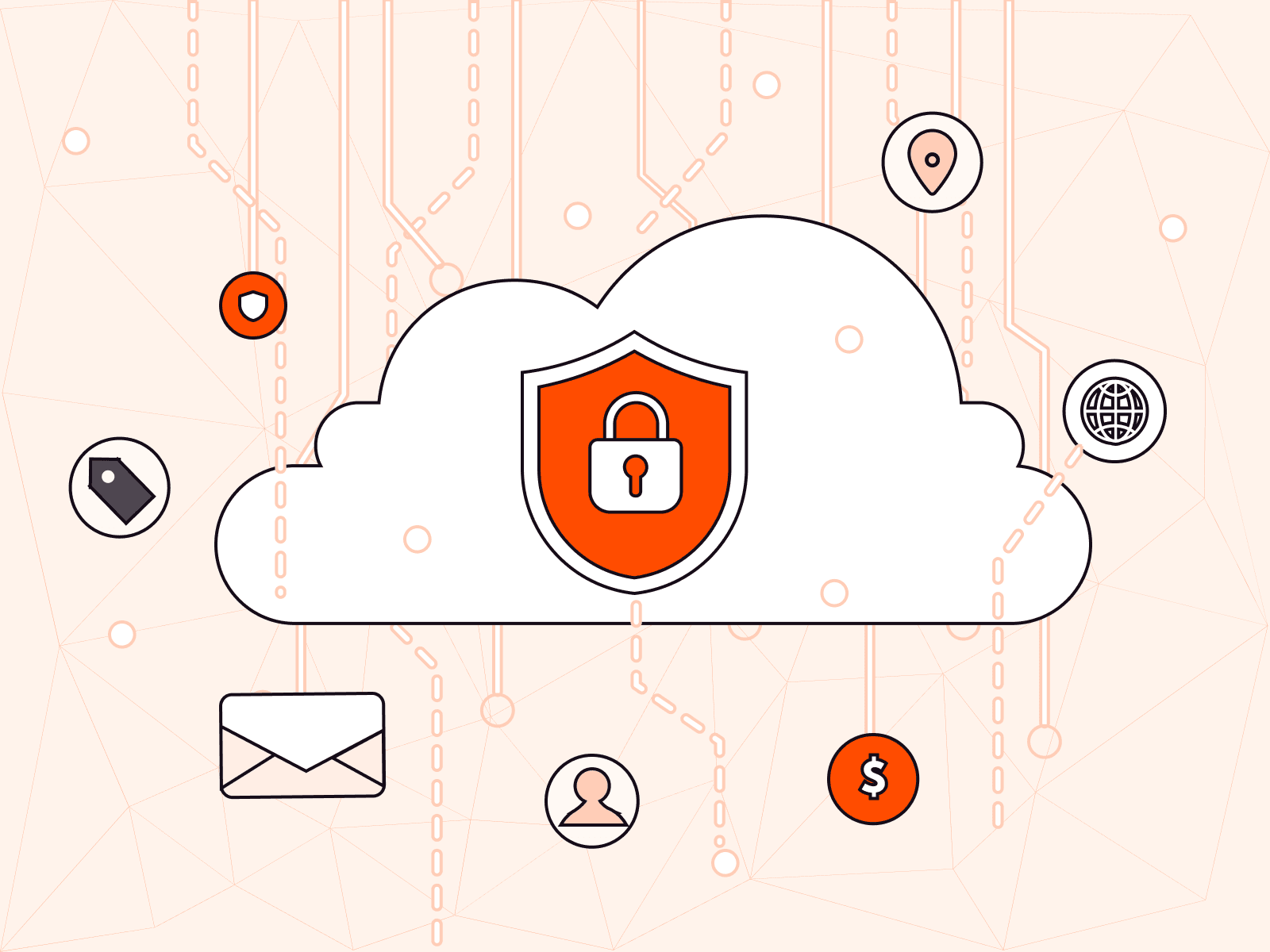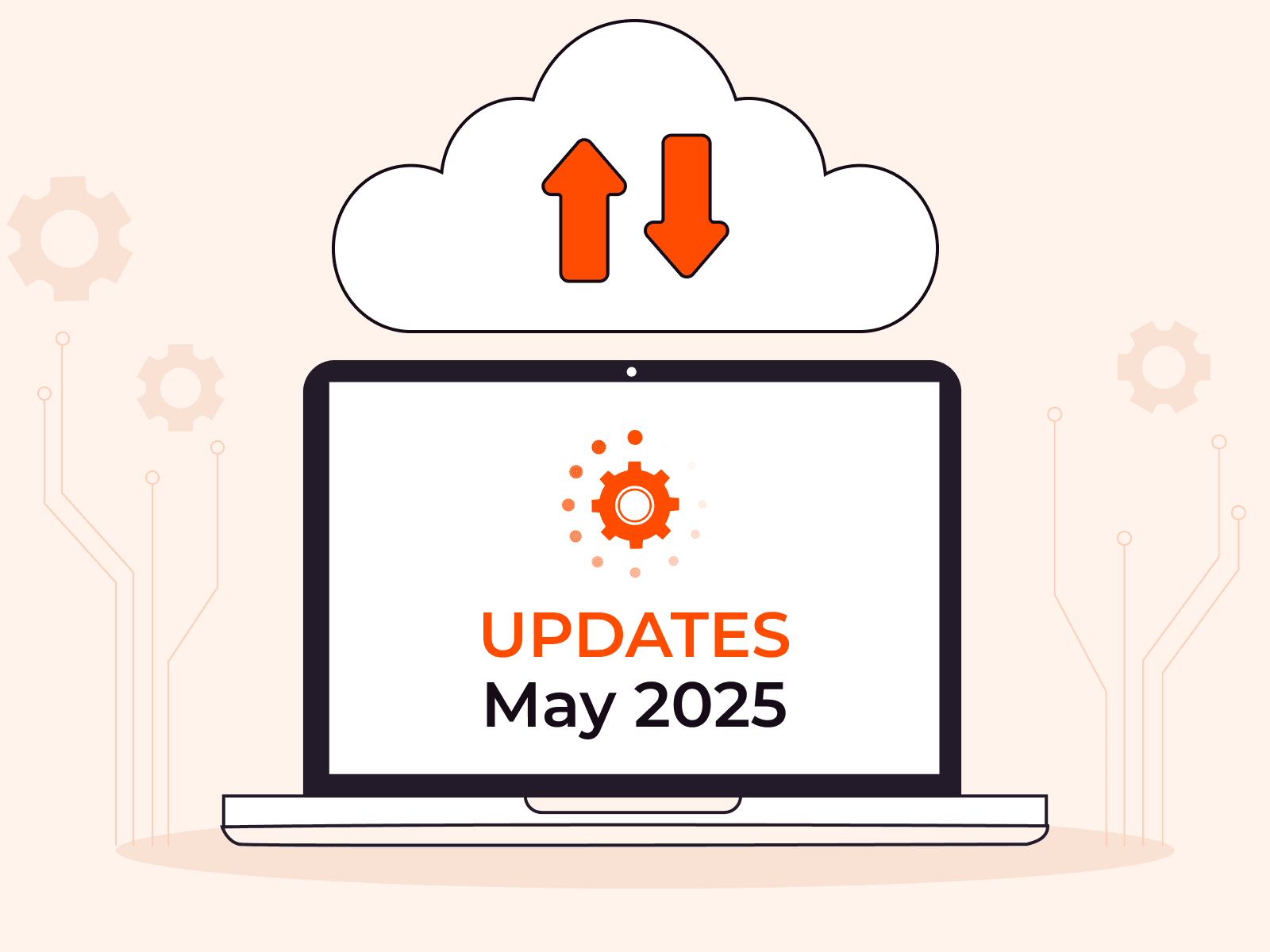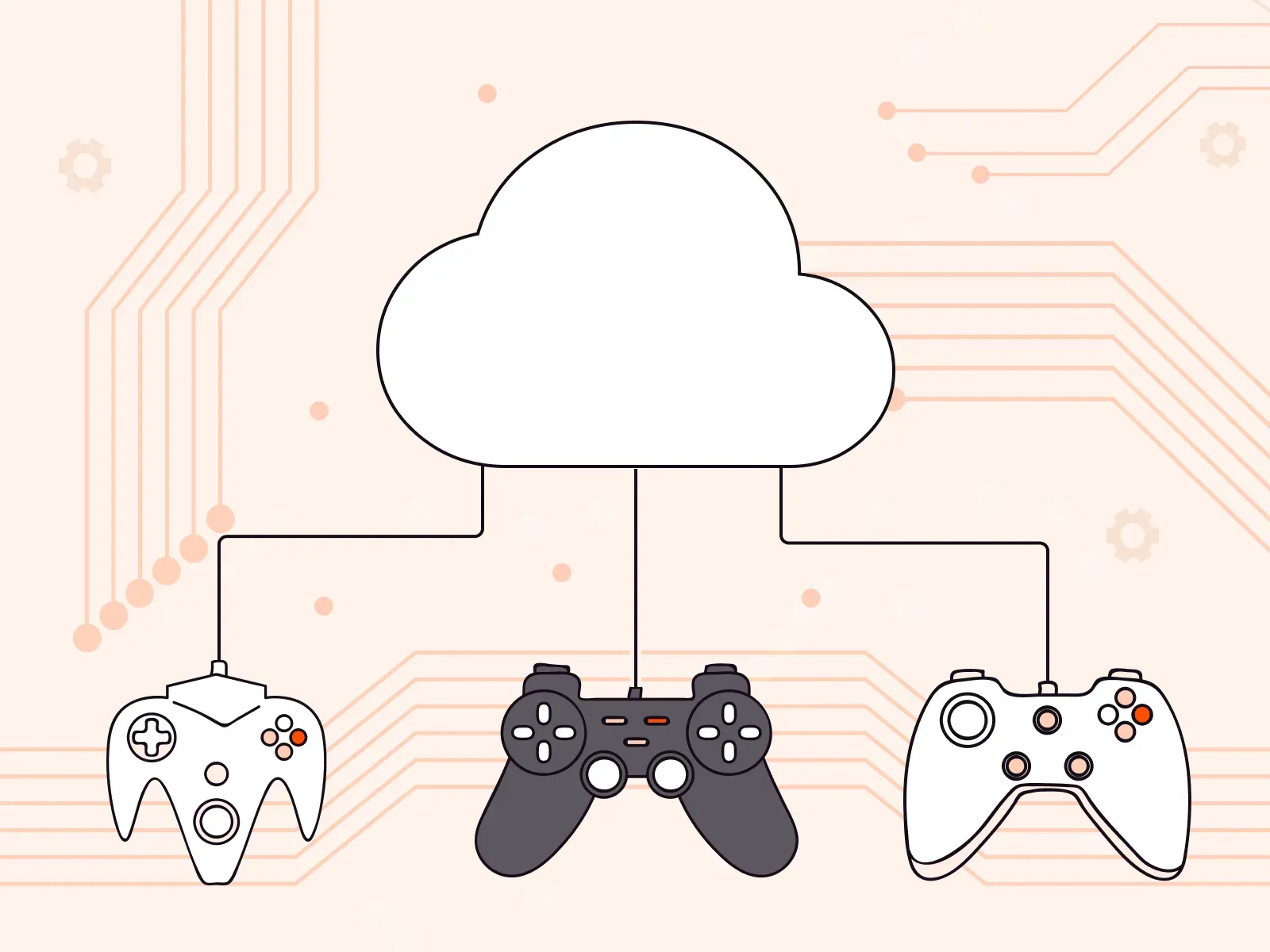How to choose a hosting provider
- June 1, 2021
- 7 min read

Hosting is the home of custom applications. Just like when choosing a home, it’s important not to make a mistake when choosing a hosting provider.
If you’re buying a home for one person, you don’t need a huge mansion. You’d be paying for space that would never be used. And for a family of six, a small one-bedroom apartment clearly wouldn’t be suitable, as everyone would be cramped.

The same applies to hosting. It’s important to choose a solution so that the application works as it should, is always be available to users, and doesn’t suffer from delays. But you also don’t want to overpay for unnecessary features.
Let’s figure out how to choose a hosting provider, and learn what to look for first.
Why do you need a hosting provider?
You need to decide why a hosting provider is necessary in the first place. After all, different technical solutions are suitable for different purposes.
Application type
What do you want to have on the server? An online store? An online game? An ERP system? A database? Your answer determines the following parameters:
- the amount of content your service will have;
- how your service will be used;
- the level of security needed, etc.
For example, a server for a popular online game requires a lot of resources. It’s necessary so that a huge number of users can play in real time without delays and bugs, and have high-quality graphics. And if it’s a small, local, online store, then a simpler, less expensive solution will suffice.
Capacity
Decide how much space your project will need. Then you can determine how big a hard drive is needed.
If it’s a small online store, a few gigabytes will suffice. Large marketplaces or game servers need hundreds of gigabytes of free space.
Don’t forget that your project might grow. If you currently have a very small media outlet, but plan to grow into a large media portal, resources for growth should be allocated in advance.
So, you’ve decided on the scale of the project. Next, you need to know which type of hosting is right for you.
Choosing the type of web hosting
Shared hosting
It’s a space on the server that you share with other users. In this case, multiple users share limited resources on a physical server.
This is a cheap solution. However, its low cost is achieved by the fact that there may be a lot of users on the same server.

This hosting type can be compared to a dorm room. You seem to have your own space, but the bathroom is shared and you often need to wait in a queue to take a shower.
The problem with this type of hosting is that your service depends on others. If your neighbors on the server have a sale and a surge in traffic, your resource will load several times slower.
Pros:
- This is the cheapest hosting option.
- It’s handled by the support team, so you don’t need to possess any special knowledge.
This option is suitable for owners of small projects. If you’ve opened a small store and want to try your hand on the internet, or you need space for a project with text content only, shared hosting will do.
VDS (Virtual Dedicated Server)
This type of hosting can be compared to a separate apartment in an apartment block. There are neighbors close by, but you at least have your own space that you don’t share with anyone.

This option, like the previous one, assumes the use of the server by several users. But, at the same time, each one’s resources are limited. You are allocated a guaranteed amount of memory and computing power.
Pros:
- A set amount of resources that doesn’t depend on other users.
- The ability to install and configure any software, or adjust the server to suit your needs.
- An average, reasonable price.
Unlike shared hosting, you need special knowledge to manage a VDS.
A VDS is an excellent solution for medium-sized online stores or information portals. This is a good option when shared hosting isn’t enough, or when your budget is too limited for more expensive solutions.
Dedicated physical server
This solution can be compared to having your own house. It means no neighbors, all the space is yours.
With this type of hosting, you are allocated an entire physical server.

Pros:
- The bandwidth is limited only by the physical capacity of the equipment.
- The server is tailored to your needs.
- It provides a high level of security.
Like a VDS, special knowledge is required to manage this type of hosting.
This option is suitable for large projects, such as:
- large online stores;
- social networks;
- online video games.
Technical features
You now know what type of resources you need. Now, let’s take a look at the specific technical characteristics.
Traffic volume
It all depends on your needs. If your website is predominantly text-based, and you don’t expect a large influx of visitors, you won’t need much traffic. A media platform with a large number of images and videos will need terabytes. In this case, it may be better to choose a plan without any restrictions.
The more visitors you expect and the heavier your content, the more traffic volume should be included in the plan.
CPU
If you choose a VDS, pay attention to the number of virtual processor cores (vCPU). This determines the number of tasks a CPU can perform simultaneously. Many cores come in handy where there is multithreading and parallel computing, for example, when broadcasting video.
If you choose web hosting on a dedicated server, look at what CPU it will have, and find out about its technical characteristics.
What to pay attention to:
- The number of cores—the more cores, the more tasks the CPU can perform.
- Cache memory—it’s used for the temporary storage of data (the more, the better).
- Frequency—the speed at which it can perform operations.
Don’t forget that the CPU should suit your needs. The most powerful option is not always the best. Perhaps a cheaper plan with a less powerful CPU will suit your tasks.
RAM
The more RAM, the faster your application will work.
For small informational sites with text content, a few megabytes will suffice. For a blog or a small media outlet, you’ll need between 500 MB and 1 GB. For larger internet projects, you’ll need 2+ GB.
Here the same logic applies as with traffic volume: the heavier the content and the more users, the more RAM you need.
Disk
Remember how we said at the beginning of the article that it is important to decide how much space the project would need? How much disk space is needed depends on this.
Calculate your needs and determine how large a hard drive you need.
Also, pay attention to the type of drive: HDD or SSD. Each one has its own pros and cons.
SSD
An SSD is a solid state drive that, unlike an HDD, has no moving parts. Its main advantage is speed. It writes and reads data several times faster than an HDD.
But there are also disadvantages. Drive speed can decrease over time due to the ‘write cliff’ phenomenon. SSDs also have a limited number of read/write cycles.
HDD
Although HDDs are slower, they’re much cheaper, which is important when storing a large amount of “cold” data.
An SSD is suitable if high speed is important, and if the server needs to perform many input and output operations (IO) or needs to read or write unordered information.
If speed is not your priority but stability is, an HDD will be an excellent solution.
Operating system
When using a VDS, you’ll have a choice: Windows or Linux.

This choice depends on what set of infrastructure applications you need to run your service.
Windows
Windows is definitely your option if the company’s ecosystem includes software or solutions that use libraries and core parts of Microsoft systems.
Pros:
- Versatility.
- A large amount of information, manuals, and software.
- RDP technology for remote access to server applications.
Cons:
- Increased consumption of computing resources.
- Licensing required.
Linux
Linux is used to host web servers and to work with databases (for example, PostgreSQL or MySQL) or applications based on popular scripting languages (PHP, jаvascript, Python). This OS is also suitable for routing and traffic management services.
Pros:
- Lower resource consumption than with Windows.
- Native for Unix-systems work with package managers and a console that allows you to perfectly fine-tune the system to suit your needs.
The main disadvantage is that, to work on Linux, administrators need a fairly high level of knowledge and skill to work with open-source solutions.
Network connectivity
Look into how the network is arranged, how many hosting centers, points of presence, and peering partners the provider has. The more intermediate nodes and routes there are, the faster your application will run.
You can check connectivity with Looking Glass. It’s a special service that shows routing, diagnoses the network, and identifies the causes of failures.
Check if the hosting provider has Looking Glass and how user-friendly the service is.
Location and tier of the data center
Last but not least, where the data center is located and what tier it is.
The reliability depends on the tier of the data center. It’s better to choose Tier III or Tier IV. The former has a fault tolerance rate of 99.982%, and the latter has 99.995%.
Location is what the page loading speed depends on. The farther the server is from the users, the longer the request will take, and the slower the loading.
If all of your customers live in Europe, there’s no point in purchasing hosting services with a data center in America. But, if you have a global project with a huge number of users around the world, it makes sense to connect to a content delivery network along with the hosting.
Paid or free hosting?
Some providers offer free hosting. Should you use this offer?

In short, yes, but only if you intend to build a very simple website for yourself or practice building websites. This option is not suitable for businesses.
Why not?
- Together with you, the hoster can place an unlimited number of other customers on the server: Don’t count on your website loading quickly.
- Limited technical capabilities: Many standard scripts and databases may not be supported.
- No guarantees: If you pay nothing to the provider, you can’t demand stable server operation from them.
- The provider may place third-party ads on your website.
- You’re unlikely to be able to choose a domain name. Most likely, you’ll get a third-level domain. Search engines don’t place such websites in the first positions.
- Technical support is either very poor or nonexistent.
If you’re just starting an online business, it’s best to opt for the inexpensive paid option. Besides, most hosting providers offer a free trial period.
Choosing a provider and service plan
So, you’ve figured out your needs and determined what technical parameters should be considered. It’s time to decide on a provider and service plan.
First, you need to make a list of several reliable hosting providers.
- Look at the top of the search results, as large hosters are usually there. But they still need to be verified.
- Study reviews and ratings of hosting providers on independent websites.
- Read customer reviews.
So, you’ve selected several companies that you are ready to trust. Now look at what service plans they offer.
What to consider:
- Specifications. Choose those that suit your project.
- The option to test the service. The trial period should last for at least one week, ideally a month. During that time, you can check how well the application is working and whether this option is right for you overall.
- Hosting control panel. Look at what features it provides and whether it’s user-friendly.
- Technical support. It’s better to choose providers with 24/7 support so that you can ask for help at any time.
- Backup service. If something happens and your data is lost, it can be restored using backups.
- Security. Even a small project needs a high level of security. It’s good if you can additionally purchase SSL certificates or DDoS protection.
Conclusions
Different hosting options are needed for different purposes. The most powerful solution isn’t always the best. For a medium-sized project, a virtual server with limited technical capabilities is suitable, while large marketplaces need a reliable dedicated server with a lot of drive space and RAM.
Check the company’s reputation, and look at the additional services that it offers.
Approach the choice responsibly, and examine and test different options. This way, you’ll be able to find the perfect solution for your ideas.
Consider Gcore Labs Hosting as well. We offer:
- a range of plans for any tasks;
- Tier III data centers on five continents;
- excellent connectivity;
- 24/7 technical support in several languages.
You can check the connectivity of our network and diagnose the connection using the handy Looking Glass tool. It allows you to:
- check connection with nodes and response time;
- track routes of packets from the router to the resource;
- obtain information about all BGP routes;
- see the BGP map for any IPv4 and IPv6 destination address.
Along with web hosting, we offer server protection against DDoS attacks, data backup, and SSL certificates.
Looking for reliable hosting?
Contact us, and we will find a solution for any task.
Related articles
Subscribe to our newsletter
Get the latest industry trends, exclusive insights, and Gcore updates delivered straight to your inbox.

